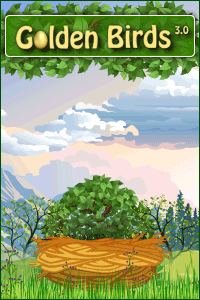Have to is NOT an auxiliary verb (it uses the verb have as a main verb).That is to say,"Have to" is used to express certainty, necessity, and obligation.
Examples:- This answer has to be correct. certainty
- The soup has to be stirred continuously to prevent burning. necessity
- They have to leave early. obligation
Using "Have to" in Present, Past, and Future
"Have to" behaves quite irregularly in the past and the future. Study the chart below to learn how "have to" behaves in different contexts. Use | Positive Forms 1. = Present 2. = Past 3. = Future | Negative Forms 1. = Present 2. = Past 3. = Future | You can also use: |
have to certainty | 1. That has to be Jerry. They said he was tall with bright red hair. 2. That has to have been the right restaurant. There were no other restaurants on the street. 3. NONE | 1. SHIFT TO "MUST" 2. SHIFT TO "MUST" That must not be Jerry. They said he has blond hair, not red hair. That must not have been the right restaurant. I guess there was another one around there somewhere. 3. NONE | must, have got to |
have to necessity | 1. She has to read four books for this literature class. 2. She had to finish the first book before the midterm. 3. She will have to finish the other books before the final exam. | 1. She doesn't have to read "Grapes of Wrath." It's optional reading for extra credit. 2. She didn't have to write a critique of "The Scarlet Letter." She had to give a presentation to her class. 3. She won't have to take any other literature classes. American Literature 101 is the only required course. | must |
"Do not have to" suggests that someone is not required to do something. "Must not" suggests that you are prohibited from doing something.
Examples:
- You must not eat that. It is forbidden, it is not allowed.
- You don't have to eat that. You can if you want to, but it is not necessary
























0 comments